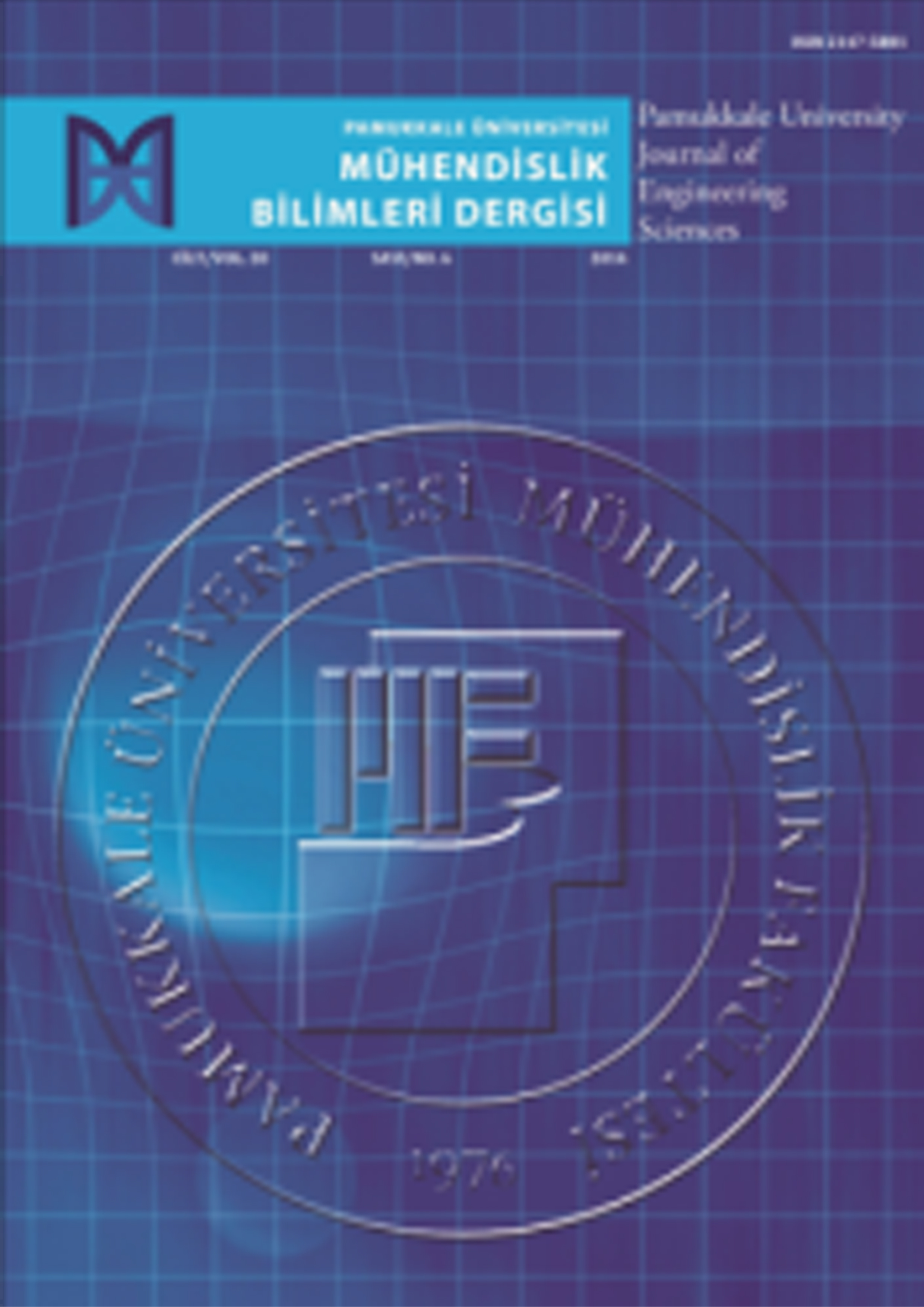Farklı rotor oluk şekilleri için bir fazlı asenkron motor performansının deneysel doğrulanması
Merve Şen Kurt1, Ahmet Fenercioğlu21Amasya Üniversitesi, Mühendislik Fakültesi, Elektrik-Elektronik Mühendisliği Ana Bilim Dalı, Amasya2Bursa Teknik Üniversitesi, Mühendislik Ve Doğa Bilimleri Fakültesi, Mekatronik Mühendisliği Ana Bilim Dalı, Bursa
Bu çalışmada; buzdolabı kompresöründe kullanılan daimi kapasitörlü bir fazlı asenkron motorun rotor oluk tasarımında yapılacak iyileştirmeler ile elektriksel ve mekaniksel performansının ve veriminin arttırılması amaçlanmıştır. Orijinal modele göre daha iyi performans için derin ve çift kafesli rotor oluk modelinin performansa etkileri incelenmiştir. Analitik ve sonlu elemanlar analizleriyle modellerin performansı orijinal model ile karşılaştırılmıştır. Derin oluk ve çift kafesli oluk yapısına sahip rotorların prototip olarak imal edilerek aynı stator içerisinde test edilmiştir. Test sonuçları ve sonlu elemanlar analiz sonuçları karşılaştırılarak modelin güvenilirliği teyit edilmiştir. Rotor oluk geometrisinde yapılan iyileştirmeler sonucunda orijinal rotora göre çift kafesli rotor ile motorun verimi %4.1, derin oluk yapısı ile verim %1.95 artırılmıştır. Bir fazlı asenkron motorun manyetik akı, akım yoğunlukları ve sargı sıcaklıkları dikkate alınarak etiket değerleri yeniden belirlenmiştir. Buna göre çift kafes yapılı rotora sahip motorun çıkış gücü 125 W, anma torku 0.42 Nm, anma hızı 2932 d/d, güç faktörü 0.94 ve verim %77 olarak belirlenmiştir.
Anahtar Kelimeler: Tasarım optimizasyonu, SEY, Rotor geometrisi, İndüksiyon motorExperimental verification of performance of single phase induction motor for different rotor slot shapes
Merve Şen Kurt1, Ahmet Fenercioğlu21Department of Electrical And Electronics Engineering,Amasya University, Amasya, Turkey2Department of Mechatronics Engineering, Bursa Technical University, Bursa, Turkey
This study investigates the effect of rotor slot design and the improvement to performance and efficiency in the run capacitor single phase induction motor used in refrigerator compressor. The study considers the effect of deep and double cage rotor slot design on performance and compares this with the original motor design using finite element analysis. Rotors with deep and double cage slot structure were manufactured as prototypes and tested in the same stator. The reliability of the model was confirmed by the experimental measurements and finite element analysis solutions. As a result of the improvements made in the rotor slot geometry, the efficiency of the motor was increased by 4.1% with the double cage rotor and 1.95% with the deep slot structure compared to the original rotor. The best performance from the double cage rotor induction motors was output power 125 W, torque 0.42 Nm, speed 2932 rpm, power factor 0.94, and 77% efficiency.
Keywords: Design optimization, FEA, Rotor geometry, Induction motorMakale Dili: İngilizce





